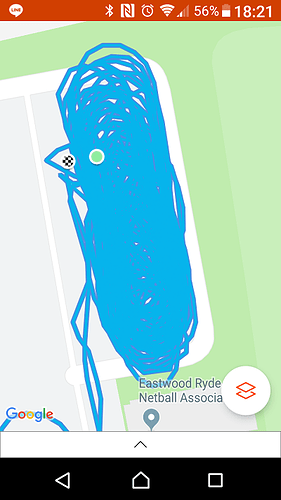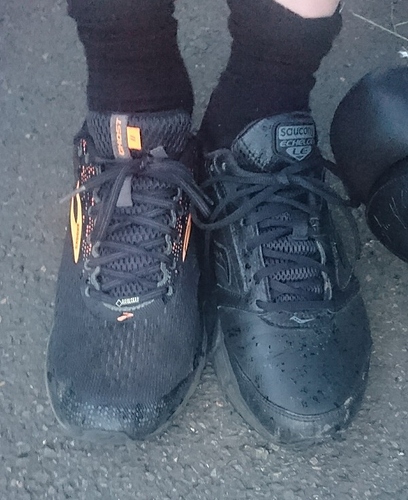Just been for a second ride a my new KH36. That’s makes only four 36" rides in total with most of my time being on a KH29 with the big fat Crux tyre.
Mounting, riding, basic hopping, all OK. Not great, but no problems. Very different to the 29 so lots of re-learning to do.
But can I turn this thing?? No  …not very well at all.
…not very well at all.
Just doing your basic U turn or figure 8, not wide or tight so about maybe 6 to 8 metre radius, and off I come almost every time.
Best description of the problem is the unicycle just wants to keep banking. I usually have to apply counter balance (motorbike riders would know what that means, leaning the body opposite to the bank) just to try and stay in control. End result is at best a contorted riding position with very little control. Usually ends badly, either for me or the terrified people around.
The experience is clearly worse turning left than right. Makes me wonder if there is some gyroscopic effect from the big wheel.
Tyre pressure is about 45 psi, just above the minimum recommended. Lower pressure is not better although the uni is less responsive as expected.
Anyone else had this experience or can offer some advise for a 36" novice?




